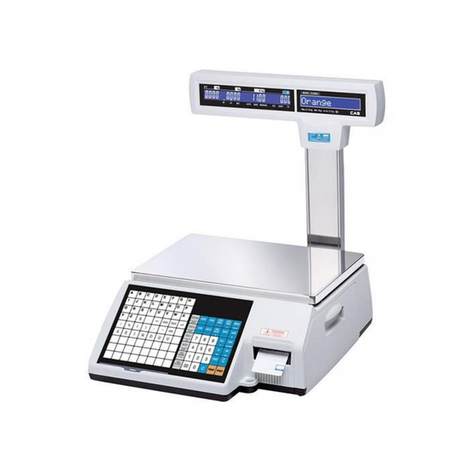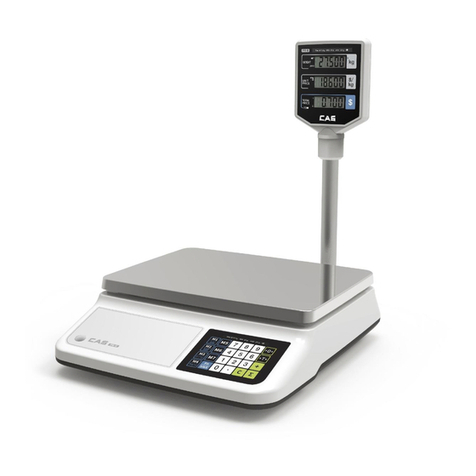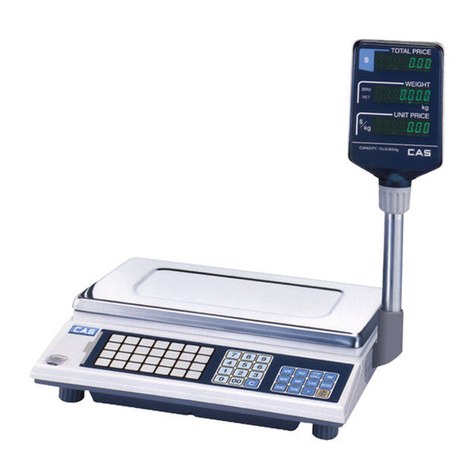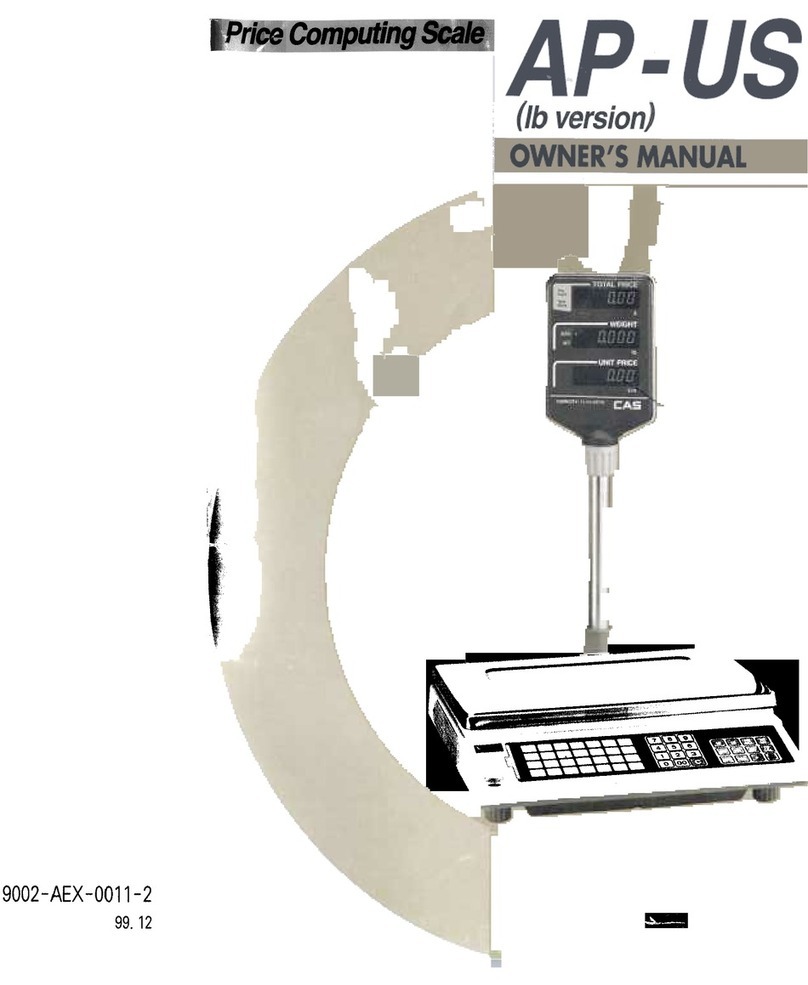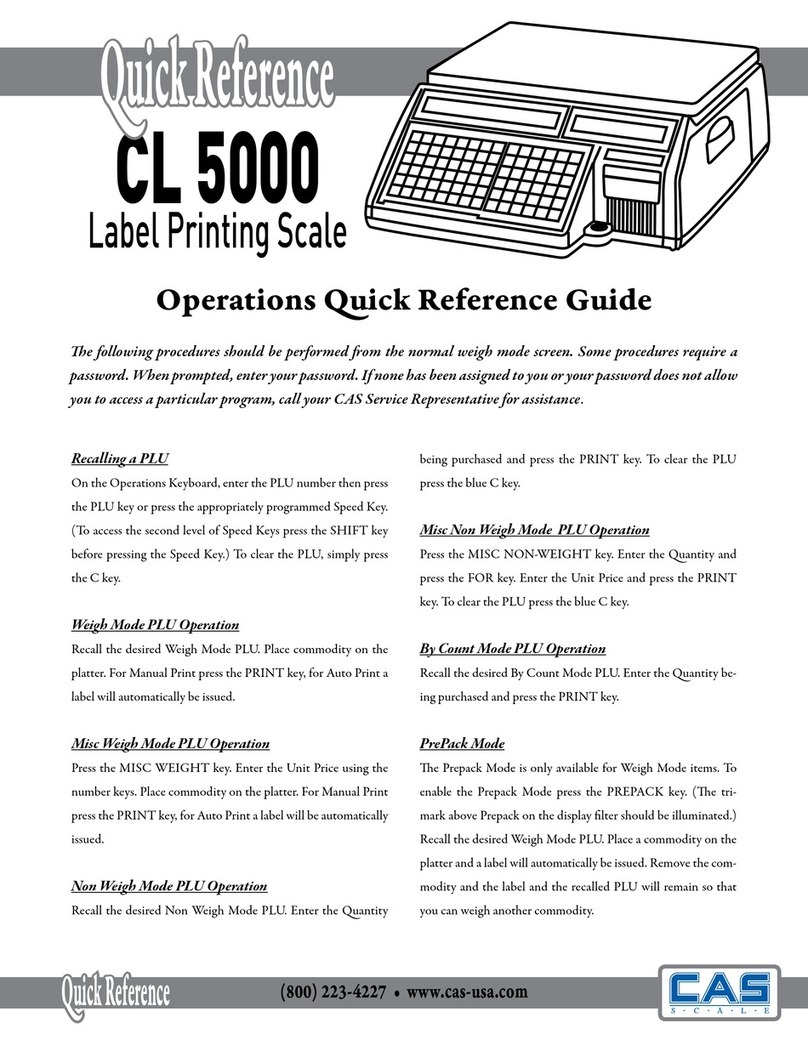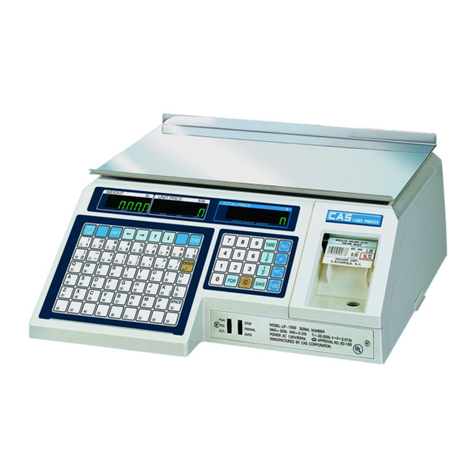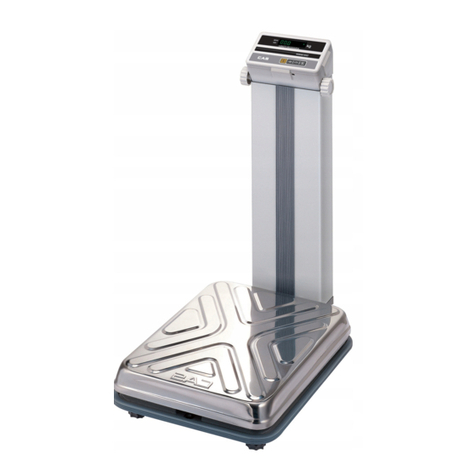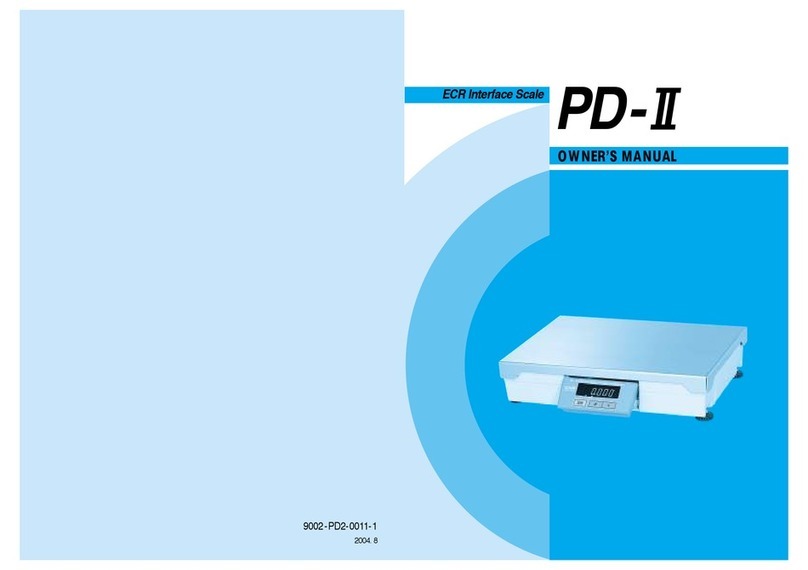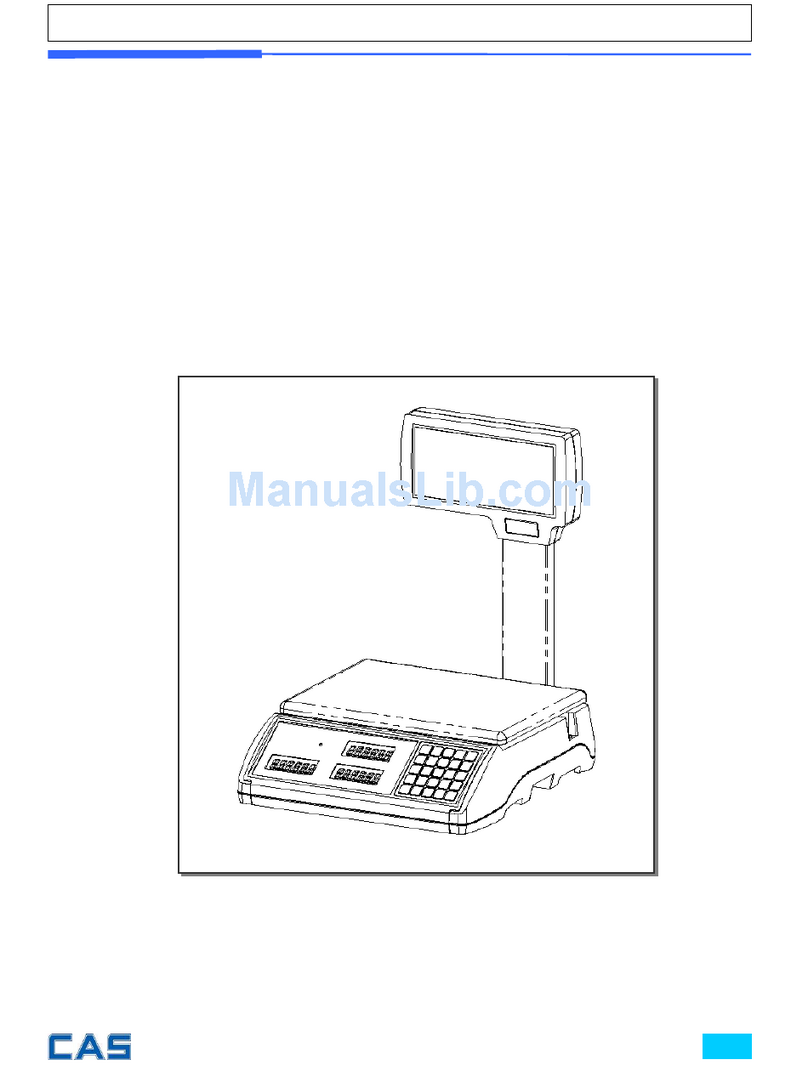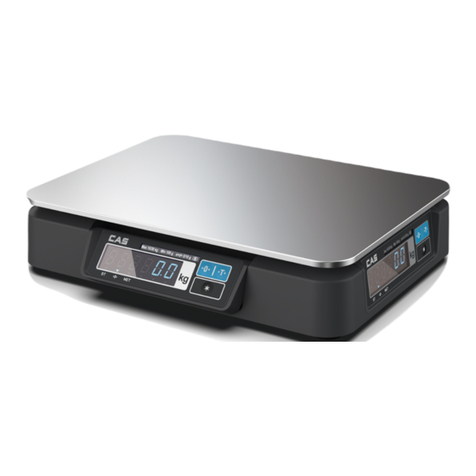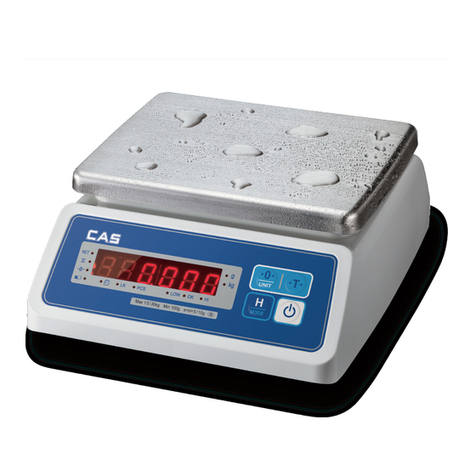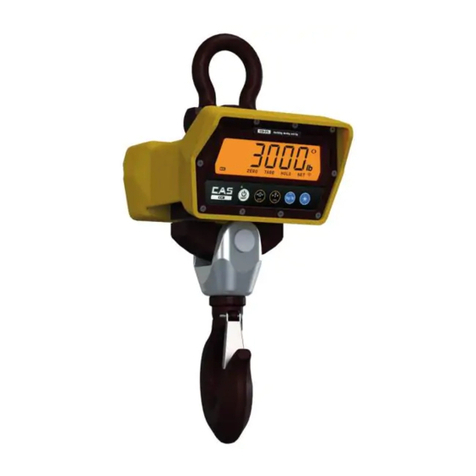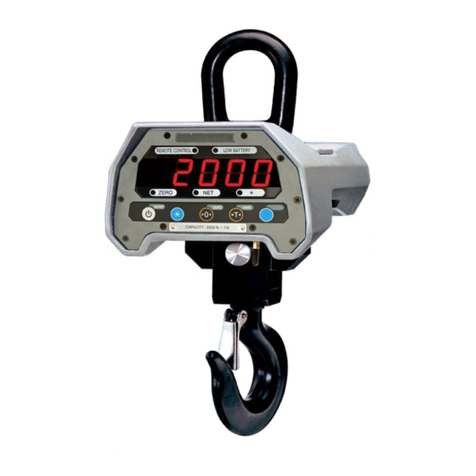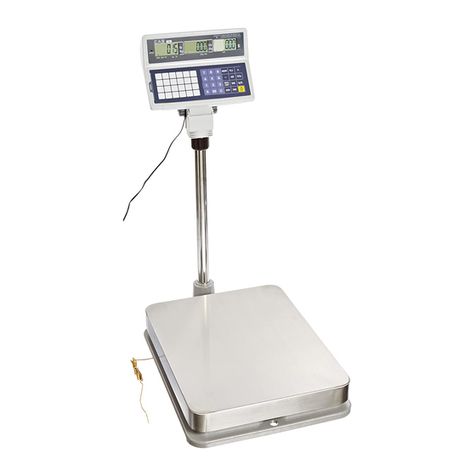THE CONTENTS CHAPTER-I THE GENERAL INTRODUCTIONS
A.... PREFACE 4
B.... THE PRECAUTIONS 4
C.... THE SPECIFICATIONS 4
D....SEALING METHOD 5
CHAPTER-II THE CALIBRATIONS
A.... SET THE CALIBRATION MODE
.....................................................
6
B.... THE MODES
..............................................................................
7
B. 1.. THE MODE 1
............................................................................
8
B. .. THE MODE
............................................................................
8
B. 3.. THE MODE 3
............................................................................
8
B. 4.. THE MODE 4
............................................................................
8
B. 5.. THE MODE 5
...........................................................................
8
C.... THE SPAN CALIBRATION
............................................................
9
C.1..SET THE CALIBRATION MODE
..................................................
9
C. .. ENTRY OF THE MODE 4 9
C.3..SPAN CALIBRATION
.......................................................................................
10
C. 4.. CONFIRMATION OF THE SPAN
.........................................................................
10
D.... THE SPAN CALIBRATION FROM THE REPAIR
.................................
11
D. 1.. SET THE CALIBRATION MODE
...................................................
11
D. .. CHECK OF THE INITIAL ZERO AND SPAN
.....................................
11
D.3..THE SPAN CALIBRATION
.........................................................
11
D.4.. CONFIRMATION OF THE SPAN
................................................
1
E.... THE SPAN CALIBRATION WITH A PARTIAL LOAD
...........................
13
E. 1.. SET THE CALIBRATION MODE
...................................................
13
E. ..ENTRY OF A PARTIAL CALIBRATION
.........................................
13
E. 3.. INPUT OF A PARTIAL LOAD BY PERCENTAGE
...............................
13
E.4..THE SPAN CALIBRATION
.........................................................
14
E. 5.. CONFIRMATION OF THE SPAN
....................................................
14
CHAPTER-III THE PART REPLACEMENTS
A.... REPLACEMENT OF THE LOAD CELL
............................................
15
A. 1.. REPLACEMENT OF THE LOAD CELL
...........................................
15
A. ..CORRECTION OF THE ECCENTRICITY
......................................
15
A.3..THE SPAN CALIBRATION
.......................................................
15
B....REPLACEMENT OF THE ANALOG MODULE
.................................
16
B.1..REPLACEMENT OF THE ANALOG MODULE
...............................
16
B. ..THE SPAN CALIBRATION FOR THE ANALOG MODULE
................
16
C....REPLACEMENT OF THE DIGITAL MODULE
..................................
16
C.1..REPLACEMENT OF THE DIGITAL MODULE
................................
16
C. ..THE INPUTS FOR THE DIGITAL MODULE
...................................
16
CHAPTER-IV THE TRANSFORMER
A.... THE TRANSFORMER
..................................................................
17

